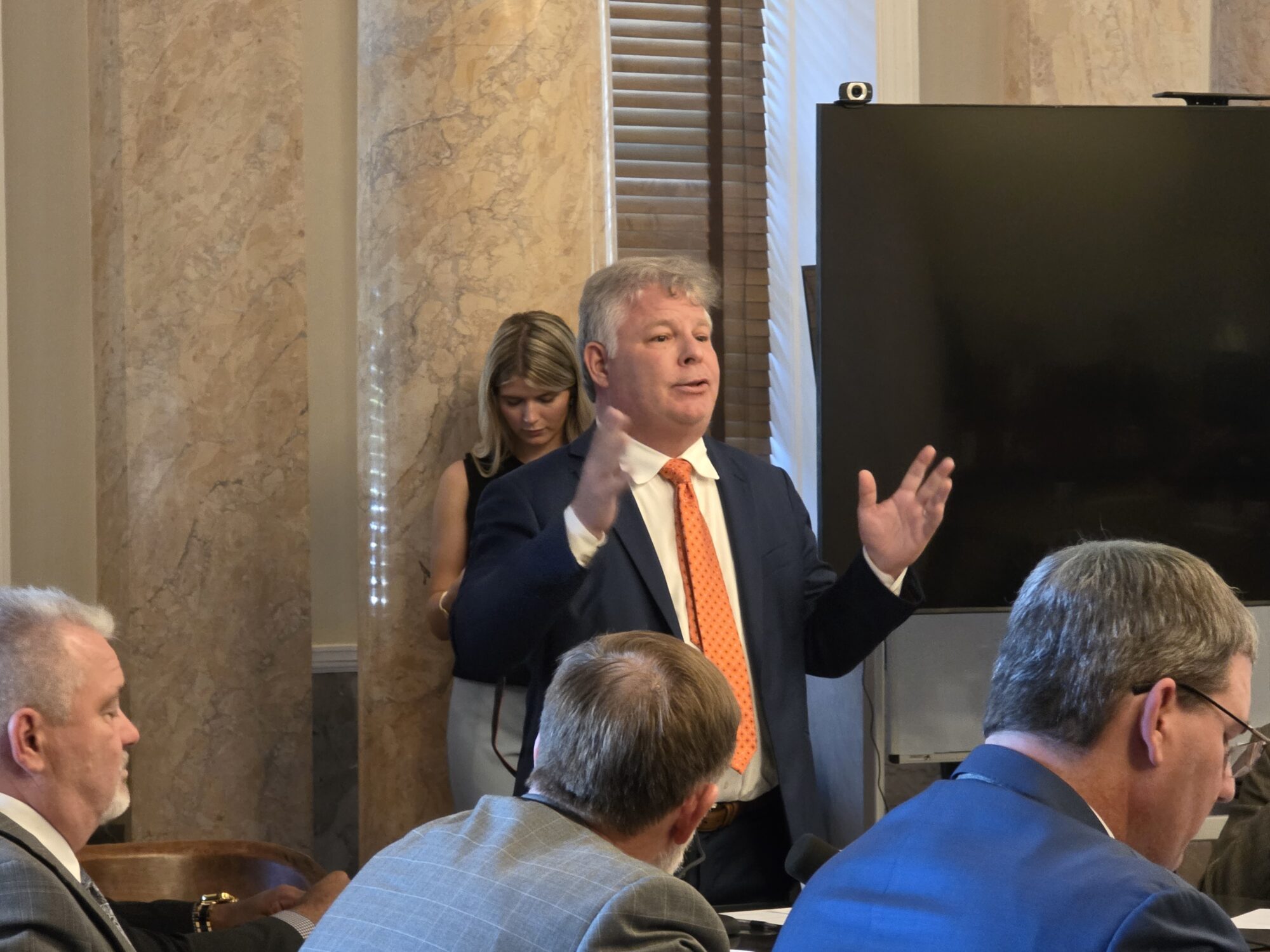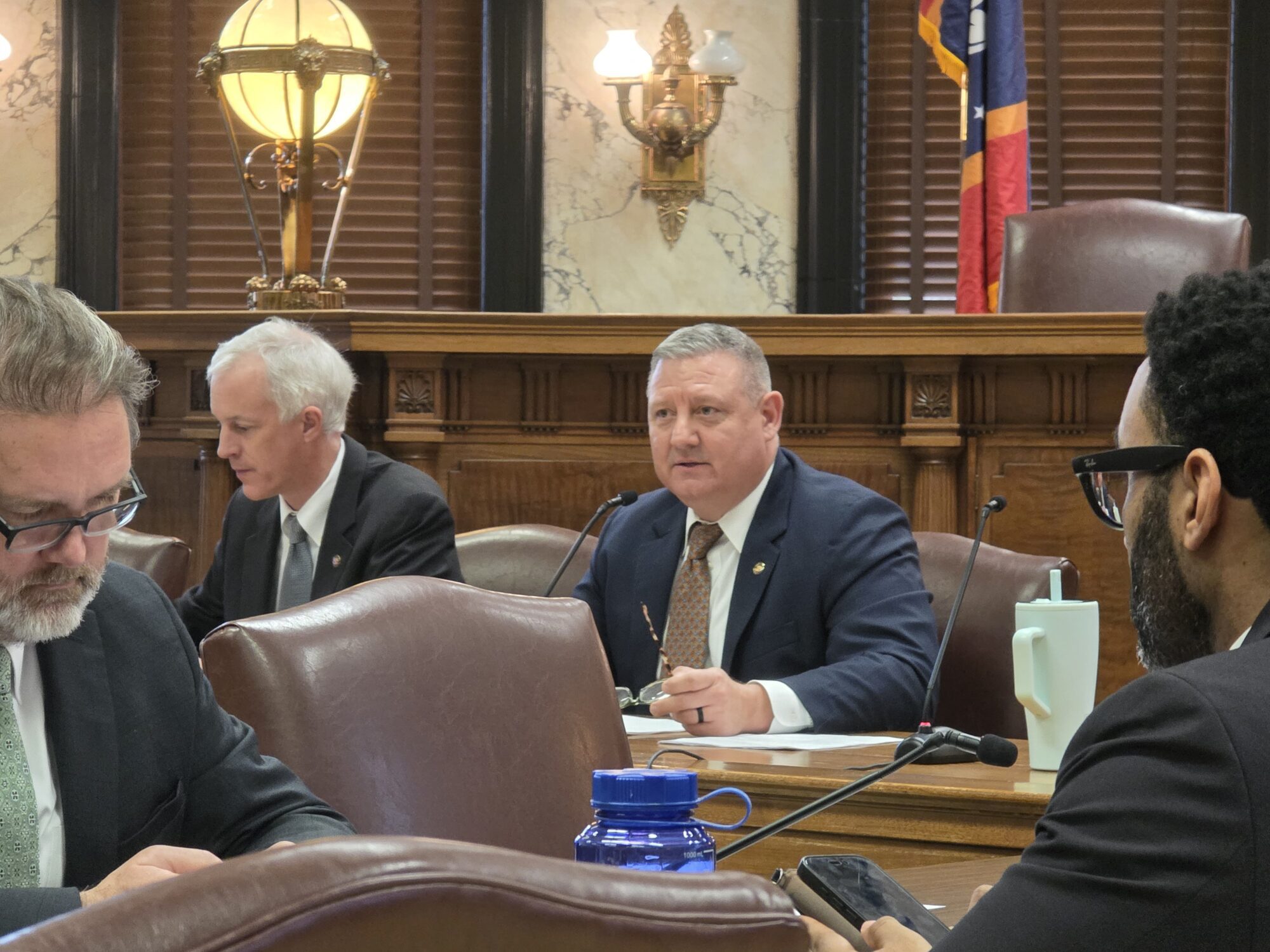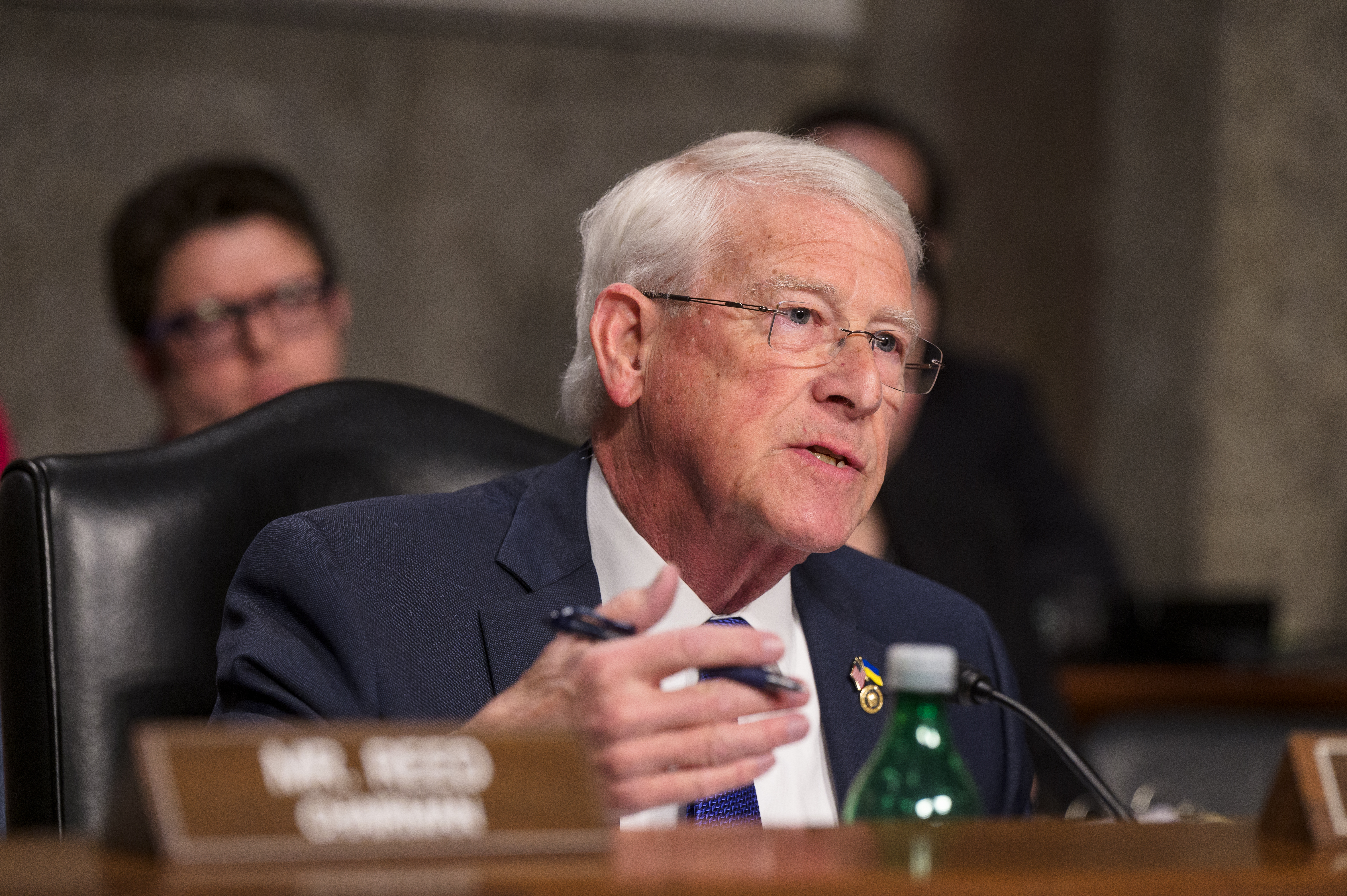
Photo from MGCCC website
- Matching education and/or skill training to jobs in the private sector requires constant reevaluation.
If gains are to be seen, community colleges and universities in Mississippi will play an integral role in increasing the state’s workforce participation rate. That is the word from educators and lawmakers alike.
Members of the Mississippi Senate Labor Force Participation Study Group were recently brought up to speed on how the state’s public post-secondary institutions are working to that end.
By the numbers
Within the state’s community colleges, 97 percent are Mississippi residents. Of that, 64 percent attend full-time, and 57 percent are enrolled in an academic curriculum path, Kell Smith, Executive Director of the Mississippi Community College Board, told legislators. Another 21 precent are enrolled in CTE programs, with the remainder being dual enrollment students.
Smith said the average ACT score for students attending community college is 19.
During the academic year of 2022, the community colleges in state educated about 91,000 students, of which 52,639 students were planning to enroll in a university. About 18,000 were attending CTE courses, with another 10,000 in dual enrollment or dual credit paths. Smith added that 2,132 were attending community college but not seeking a degree.
In the last decade the number of students seeking dual enrollment has skyrocketed.
“It now makes up 18 to 19 percent of our total headcount enrollment,” Smith said.
During the 2023 academic year, community colleges in the state produced 15,637 graduates, of which 8,330 received an associate of arts, 4,284 earned an associate of applied sciences, 3,045 received a technical certificate, and 3,260 earned a career certificate. Smith explained that the total of 18,919 awards that year is more than the number of graduates because CTE students are more likely to earn more than one award during their time at a community college.
At the university level, about 63 percent of students are Mississippians, leaving the remaining 37 percent coming from out-of-state. Demographics within the university student body show 59 percent are female, 41 percent are male with 29 percent black and 59 percent white.
Dr. Alfred Rankins, Commissioner of Higher Education in Mississippi, said that universities in the Magnolia State served about 77,000 students as of the fall of 2023 and the average ACT score of university students was 23.6. Universities have reported a retention rate of 80 percent for freshmen to sophomores.
Graduation rates for university students are typically recorded by federal standards under the Integrated Postsecondary Education Data System cohort. The problem with that system is it leaves out a third of all enrollees, those coming from community colleges, Rankins described.
Dr. Rankin told the state senators that a more accurate figure would be the number of graduates per every 100 enrollees, which in Mississippi comes to 24 degrees issued for every 100 students who enroll in Mississippi’s public universities.
When Senator Daniel Sparks (R), chair of the Labor Force Study Group, asked if there was a way to address the missing graduates not counted under the federal standard, Rankins said he has spoken to lawmakers in Washington D.C. about the system. For now, he believes providing the number of students who graduate per 100 enrollees is a more concrete number.
“I don’t know what the solution is, but I do know that a cohort graduation rate is not the number we need to look at,” Rankins added.
For the school year ending in 2023, Mississippi’s universities awarded over 19,605 degrees. Of those, 477 were in education and 944 earned nursing degrees. Rankins said that 72 percent of education graduates and 73 percent of nursing graduates from Mississippi universities stay and work in-state for about five years.
Within the fields of Science, Technology Engineering and Math (STEM), Mississippi universities produced 4,567 graduates the same year, 1,000 of which received engineering degrees. Rankins added that the number of graduates in STEM fields has increased by 16 percent over the past five years.
Enrollment hurdles
Executive Director Smith said that since most community college students in Mississippi are natives, the enrollment cliff has led to an ebb and flow of numbers.
“Some of our colleges are seeing the enrollment cliff right now,” Smith elaborated.
There’s also the challenge of student retention which is more difficult with first generation students because they are unprepared for the challenges of college. Mississippi’s high rate of first generation students, those who are the first in their family to attend a post-secondary institution, suffer from home sickness and the unexpected aspects of college life.
“Some of them, as we say, are a flat tire away from dropping out,” Smith said. “They are looking for reasons not to come back.”
Yet, there is flexibility in how the community college courses can be completed. With 1,800 courses offered online, students who have day jobs can complete their coursework after hours.
While community colleges are not having trouble getting students enrolled, Smith said there are problems with getting “them through the pipeline.” What helps address that problem is using career coaches to ensure students have an early understanding of the field they are interested in and offering mentoring along the way. Wrap around services help many first generation students by assisting with childcare and fuel expenses.
Dr. Rankins said that while universities are also seeing the effects of the enrollment cliff, noting that over the past decade there’s been a four percent dip, the number of students who earned degrees from universities in Mississippi has risen by 16 percent.
“I think that’s because of some statewide policy decisions and the good work that our universities are doing on our campuses to try to get our students to the finish line more efficiently,” Rankins described.
For those without a high school diploma, they can receive a high school equivalency diploma through adult education classes. Smith said that out of the 8,755 people enrolled in adult education classes in the 2023-2024 school year, 1,798 received an HSE diploma. During 2022, Smith added that 2,866 people used their HSE to enroll in a Mississippi community college. The state spends about $1.8 million on adult education efforts annually, an amount that has remained level for years.
Meeting workforce needs
Matching education and/or skill training to jobs in the private sector requires constant reevaluation.
At the community college level, campuses need to meet certain requirements before opening a new program. The administration must get approval from the Community College Board, show the Board a list of goals, demonstrate that there is an employment need in the area and that students are interested, and ensure there will not be a duplication of services.
Then there is the cost to implement a new program to consider. Smith said setting up new programs can be expensive, much less continuing to operate and maintain them.
Opening a new program also entails finding staff. Just like at the high school level, finding a certified professional willing to work for less than they could make in the private sector is a hurdle.
“Full disclosure, you can make a heck of a lot more money as a welder in the private sector than you can by teaching it at a community college, and that’s the same for basically all of our career tech programs,” Smith said.
To ensure that what is being taught within each program is what a student should know to be successful in a field, the Community College Board established a curriculum division a decade ago.
Last year, about 25 curricula went through a rewriting process to ensure proper training was being provided.
“The last thing we want is for a student to come through one of our career tech programs and not be trained in what’s needed,” Smith explained.
IHL also takes measures to ensure programs offered meet the needs of the workforce. Dr. Rankins explained that that involves ensuring there are no unnecessary duplication of services while also reviewing how productive the programs are in terms of graduation rates.
He added that while IHL and universities try to minimize duplicative programs across the state, it is a good idea to offer the same program in several universities when the need demands, such as in nursing.
Programs that are underperforming are removed and replaced with new ones. Over the past five years, IHL has removed 79 programs deemed unnecessary, replacing them with 80 new ones, equating to a net increase of one program in that time frame.
How education affects the workforce
Nationally, only about 60 percent of high school dropouts have jobs, but of those who have bachelor’s degrees, 88 percent are employed, Dr. Rankins told the legislative study group.
Comparisons show that states with higher employment rates consequently have lower incarceration rates. Rankins said Mississippi’s incarceration rate is about 661 people per 100,000 residents, higher than Arkansas’ rate of 574 per 100,000.
As previously reported, Mississippi’s labor participation rate is about 54 percent.
Employment also affects infant mortality, Rankins noted, saying that the number of people on disability and the number of children living below the poverty line are categories where Mississippi can improve.
“If you look at the major issues that we face, it’s clear that education is a part of the solution,” Rankins noted.
Programs underway
One example of a program underway to address workforce development is the Prison Education Partnership Program. Launched in 2022, the program has been providing higher education to inmates in Bolivar County and Delta Correctional facilities through Mississippi Valley State University. Rankins said about 50 inmates are enrolled and the courses are funded through the federal Second Chance Pell Program.
Another program, Complete to Compete, seeks to help those students who did not complete their bachelor’s degree return to class to finish.
“This program focuses on individuals who stopped or dropped out of one of our universities or one of our 15 community colleges,” Rankins described. “We identify those individuals, get them back enrolled at a community college or one of our universities and help them finish what they started and earn their degrees.”
Since the program’s inception in 2017, the program has served 6,471 students and resulted in a total of 3,737 degrees earned.
Dr. Rankins said there is also the Applied Baccalaureate Degree program, which allows those with an Associate of Applied Science to transfer their credits to a university to earn a bachelors, and a program that allows veterans to use their military service to gain credit hours toward a degree.









